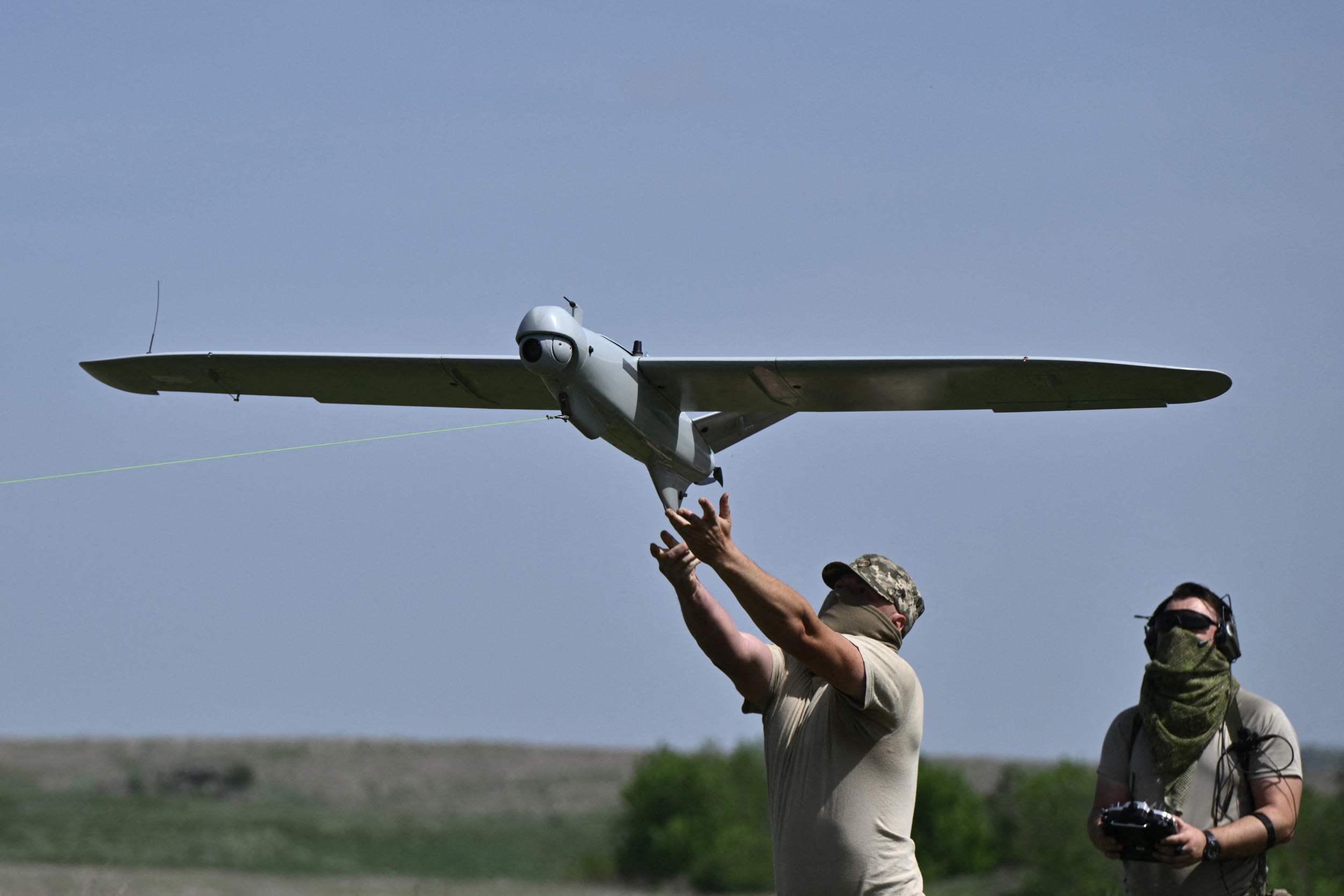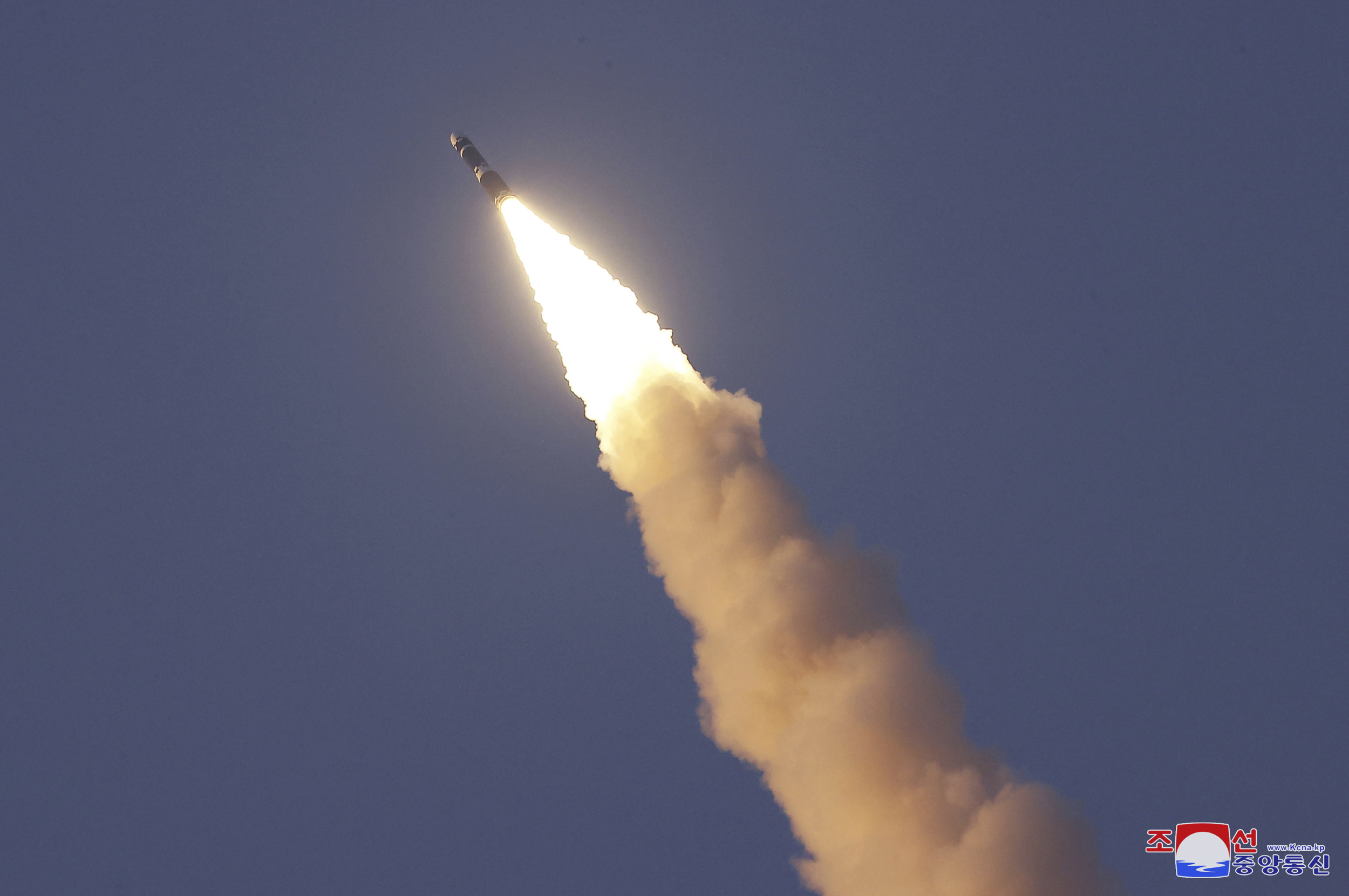Millions of Americans are bracing for severe winter weather today as Winter Storm Blair moves across the country, bringing heavy snow, high winds, and dangerous travel conditions to 15 states.
It comes after the NWS said Storm Blair will produce "Arctic outbreaks" in many areas of the country.
Why It Matters
Heavy snow could cause widespread disruption, making travel challenging and potentially dangerous, with reduced visibility, slick roads, and the risk of accidents or delays.
What To Know
The 15 states under winter storm warnings are Kentucky, Indiana, Maryland, West Virginia, Kansas, Montana, Illinois, Iowa, Missouri, Alaska, West Virginia, Michigan, Pennsylvania, Virginia and Nebraska.
The National Weather Service (NWS) reports that regions spanning from central Kansas to Indiana face a 60 percent to 90 percent chance of receiving at least eight inches of snow, but some areas, including Kansas and Missouri, could receive up to 14 inches of snow. Areas with the highest accumulations could experience their "heaviest snowfall in at least a decade," according to the NWS.
The agency has also warned that power outages and tree damage are likely due to the ice.
Meanwhile, in Yakutat in Alaska, the NWS has warned that snow will accumulate quickly on Saturday. "For Yakutat, snow showers over the area are expected to continue through the night with very dry and fluffy snow. Said snow is expected to accumulate quickly," the agency said.
In areas such as Kentucky, Kansas, Maryland and West Virginia, wind gusts of up to 50 mph are possible.

The NWS said in a statement on Friday that "travel of all kinds will likely be very difficult and extremely dangerous" in areas with expected heavy snow and/or significant icing.
Travelers are advised to keep an emergency kit in their vehicles, including a flashlight, food, and water. Non-essential travel should be delayed, the NWS said, but if venturing out is unavoidable, extreme caution is essential. Drivers should prepare for sudden changes in visibility, maintain a safe distance from other vehicles, and allow extra time to reach their destinations. Drivers should also avoid sudden braking or acceleration, and exercise particular care on hills and during turns. Ensuring that vehicles are properly winterized and in good working order is also strongly recommended.
In areas with ice accumulation, the NWS has recommended carrying a winter storm kit, which should include essentials such as tire chains, booster cables, a flashlight, a shovel, blankets, and extra clothing. Additionally, they advised bringing water, a first aid kit, and any other items that could assist in surviving if stranded.
What People Are Saying
AccuWeather lead long-range expert Paul Pastelok said: "This could end up being the coldest January since 2011 for the U.S. as a whole."
He also noted that the storm's arctic outbreak will "involve many days and not just be a quick one-to-three-day event."
The NWS said on X: "As we round out 2024 and head into 2025, above normal warmth across the eastern half of the U.S. will be quickly replaced by a series of Arctic outbreaks... with the coldest air of the season set to take hold through next week."
What Happens Next
The warnings come amid reports that a polar vortex could bring the coldest January the U.S. has faced in years.
A polar vortex is a stream of cold air and could mean severe weather conditions, including heavy snowfall and freezing temperatures that could affect travel conditions and lead to school closures.
"Below-normal temperatures are favored across the central and eastern U.S. during much of January," the NWS said last week.

















:quality(85):upscale()/2024/04/24/878/n/3019466/36c5693c662965c5d1ce91.72473705_.jpg)


 English (US) ·
English (US) ·